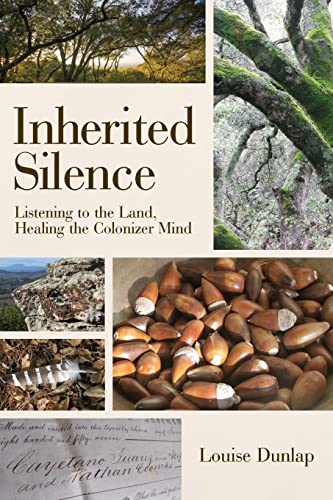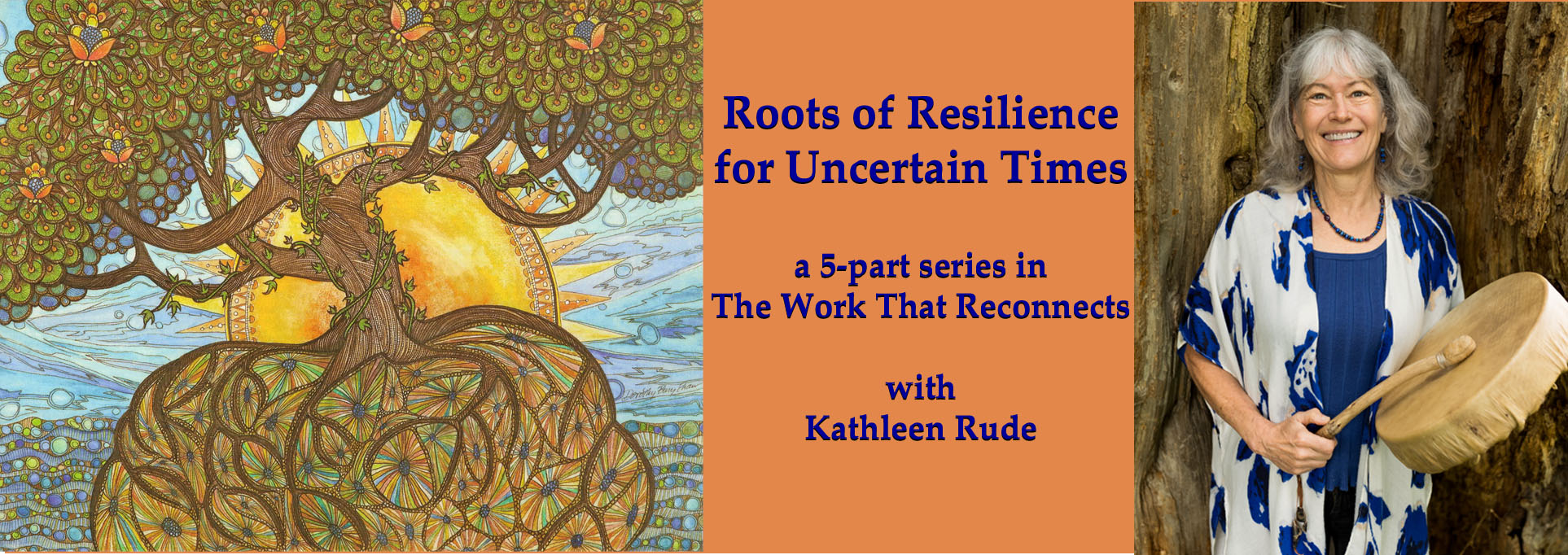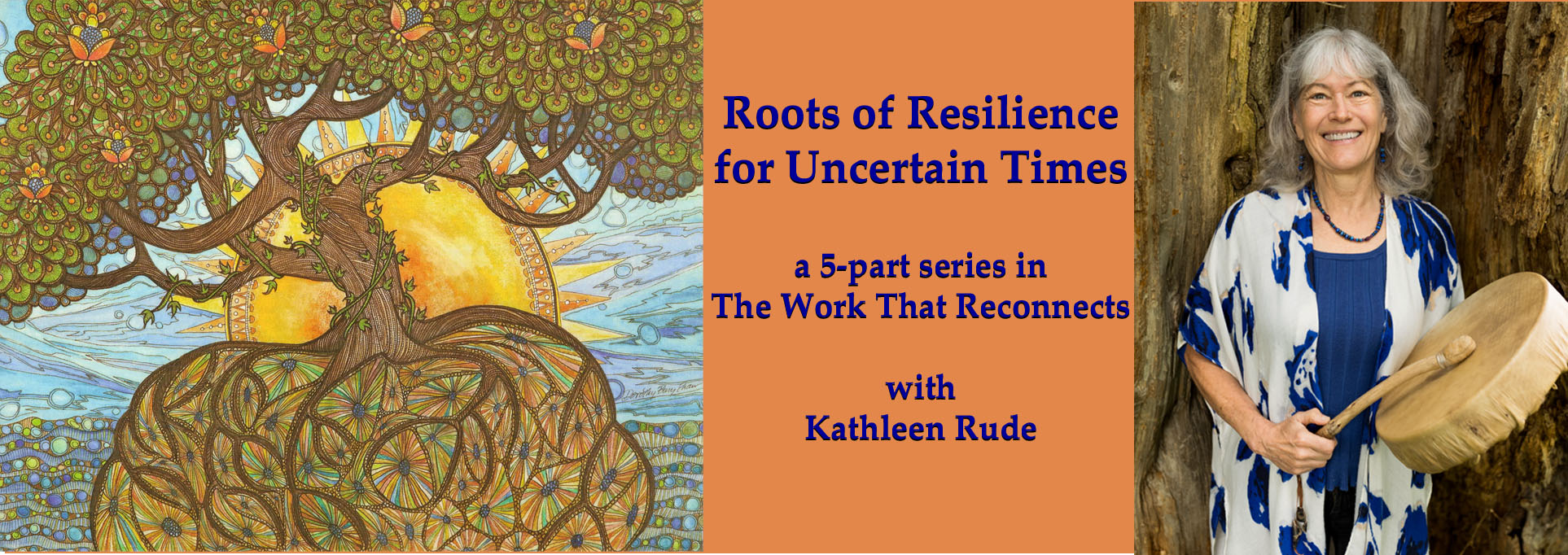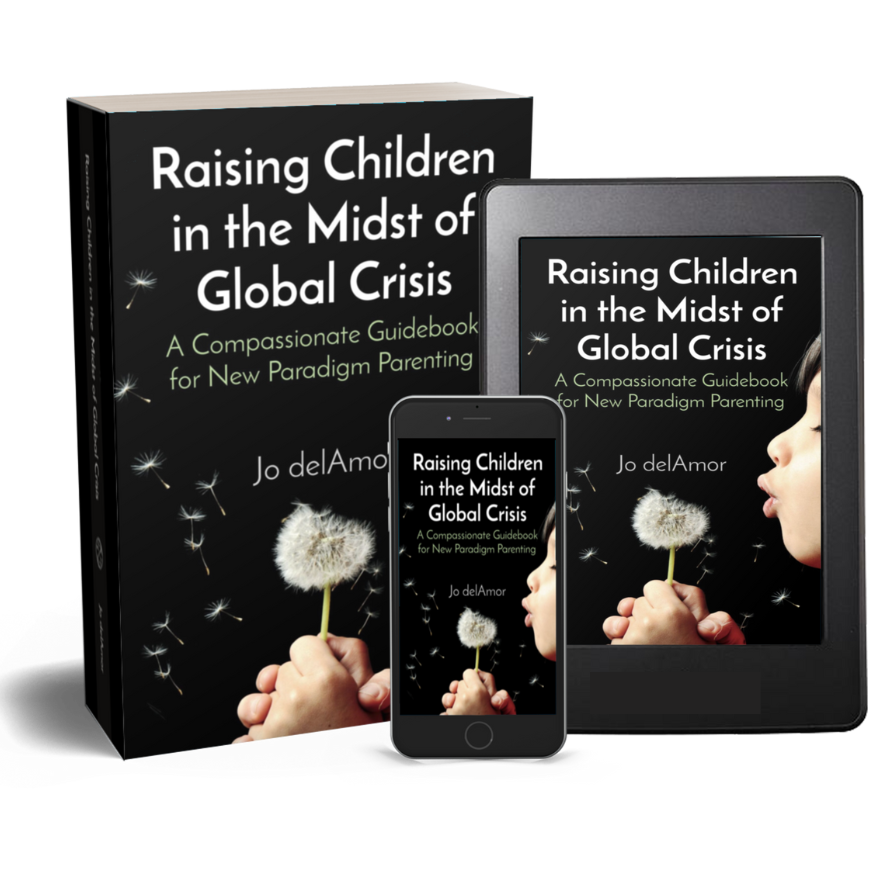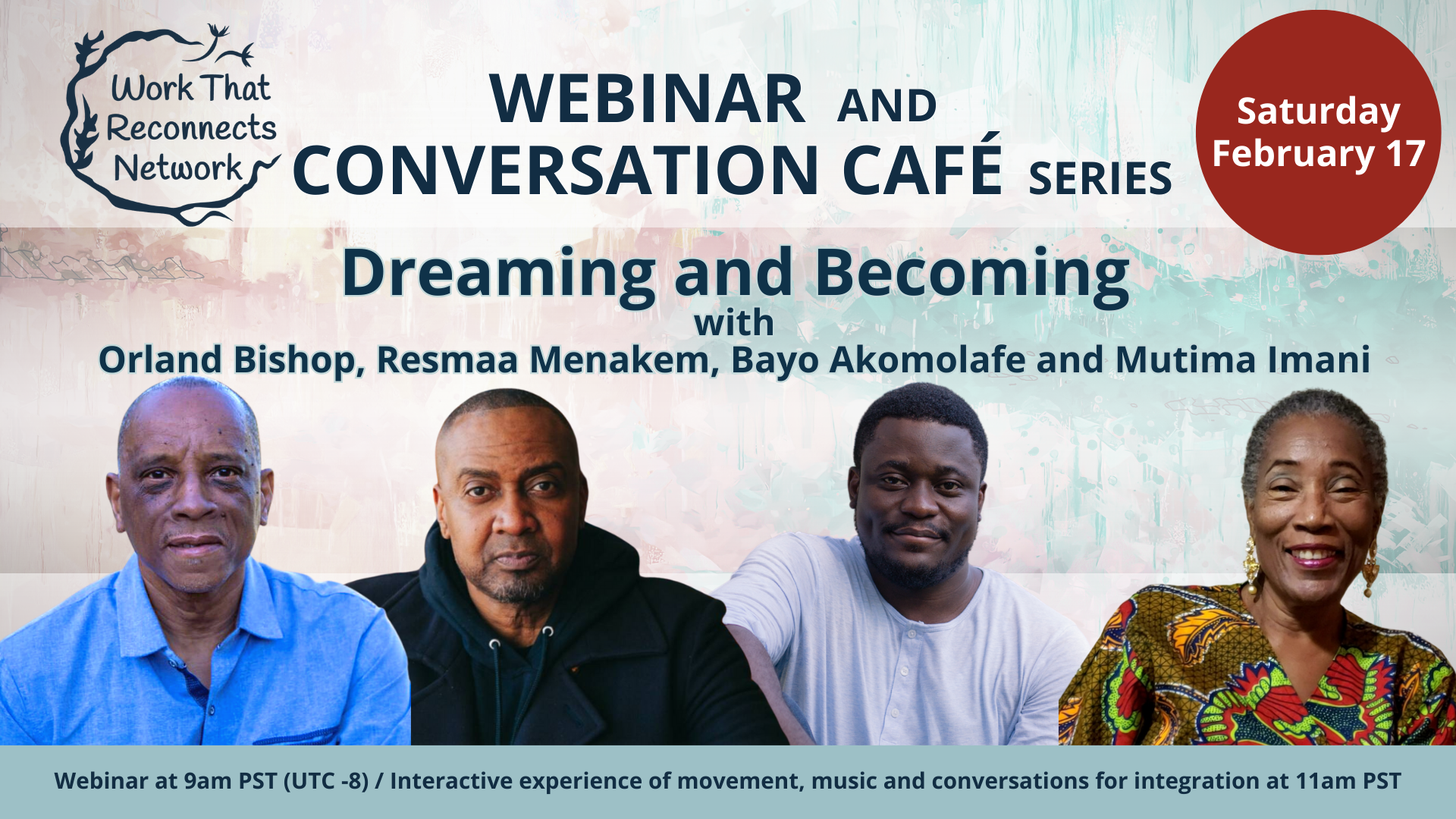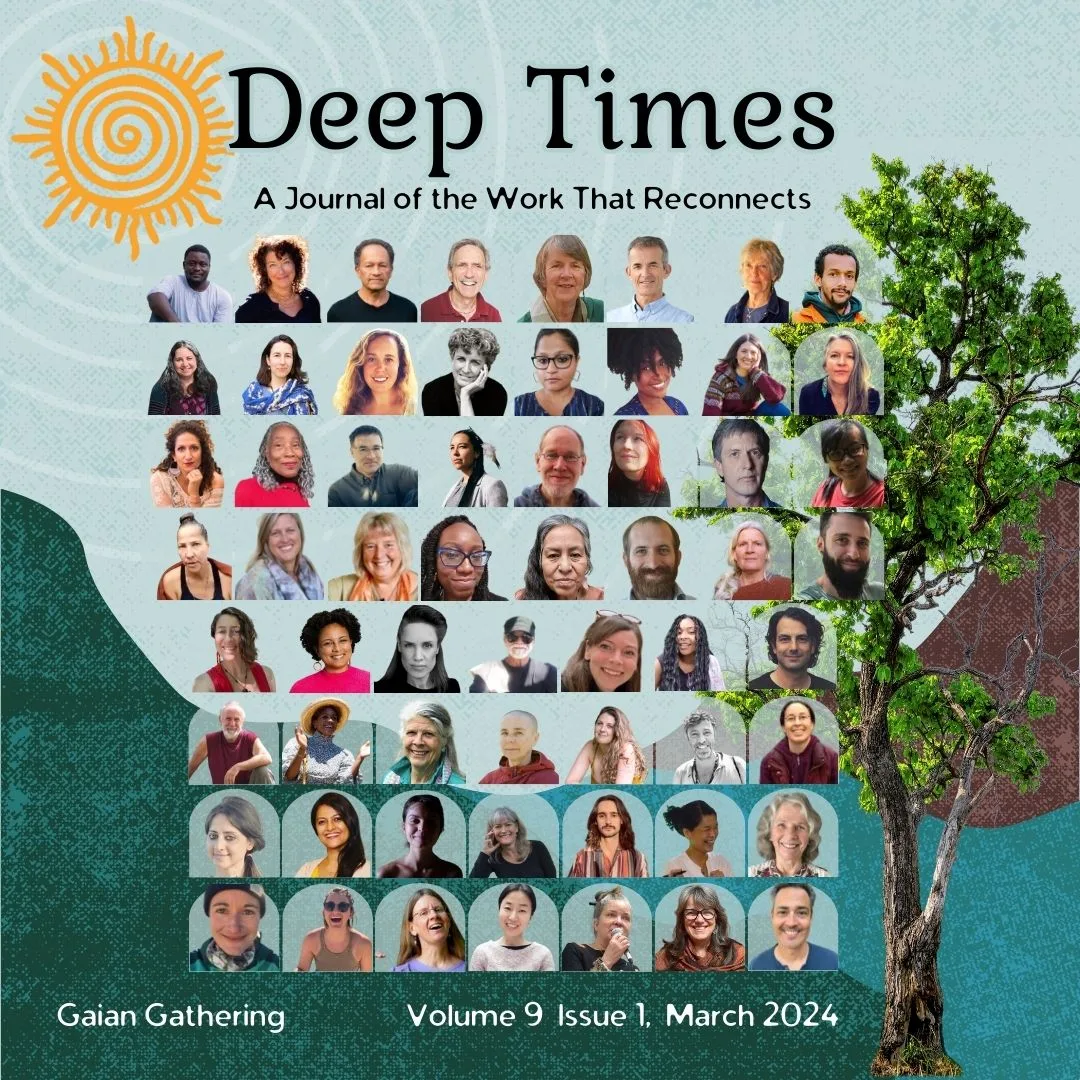- Practices
- Going Forth
- Emerging Facilitators
- Facilitators
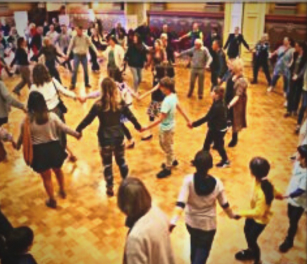
Callings and Resources
from chapter 10 of Coming Back to Life by Joanna Macy and Molly Brown; second edition, published 2014. Please acknowledge the source when you use any of these practices.
Time: 60-90 minutes
This practice helps us clarify our part in the Great Turning, and to focus on a specific path or project. It brings to light the many and often unsuspected resources available, and identifies immediate steps to take. Because it is done in pairs, it also creates a strong sense of mutual support. Over the years and without fail, we have found that this practice has a strengthening and often lasting effect on all who take part in it.
Method
People work in pairs, taking turns. In response to a series of questions from the guide, one partner speaks while the other serves as scribe, making written notes, perhaps in the speaker’s own journal. The speaker can be encouraged to take full advantage of having a scribe, and relax, maybe stretch out to give freer rein to the mind. At the end of each series of questions, the speaker may offer to give the scribe a hand massage, before they reverse roles.
Questions we frequently use are:
- If you knew you could not fail, what would you personally do in service to life on Earth? Here is our chance to pull out the stops and think big, with no “ifs” or “buts” getting in the way. An alternative first question is: If you were liberated from all fear and open to all the power available to you in the web of life, what would you personally do in service to life on Earth?
- In pursuing this vision, what particular project do you feel called to undertake? It can be a new direction in work you’re already doing, or something entirely new. Here’s your chance to get specific. Think in terms of what could be accomplished, or well underway, in a year’s time.
- What resources, inner and outer, do you now have that will help you do that? Inner resources include talents and strengths of character, as well as knowledge and skills you’ve acquired. External resources include relationships, contacts, and networks you can draw on — not to forget baby-sitters, rich relatives, computer-savvy friends — as well as your location, employment, real goods, and money in the bank.
- Now what resources, inner and outer, will you need to acquire? To follow your calling, what will you need to learn and to get? These can run from assertiveness training, to grants, to contacts within organizations and the support they can give you.
- How might you stop yourself? What obstacles might you throw in your way? We all have familiar patterns of self-doubt and sabotage.
- How will you move through or around with these obstacles?
- What can you do in the next week, no matter how small the step — if only a phone call — that will move you along this path?
When both partners have scribed the other’s responses (and perhaps exchanged hand massages), each scribe in turn reads back to the other from the notes they have taken, using the second-person pronoun: you want to, you have, one way you might stop yourself, etc. And the other listens as if hearing, at long last, their marching orders from the universe. The written notes are then exchanged, so that each can take with them their callings and resources.
Variation
If time is too short for the whole process, skip the scribing. Have people simply note their own responses to each question, and then share their answers with another person by announcing firmly: “I am going to…” or “I will…” and “I can tap these resources…” (and similar declarations).
Additional Resources:
Joanna Macy describing and guiding Callings and Resources: https://vimeo.com/60974748
